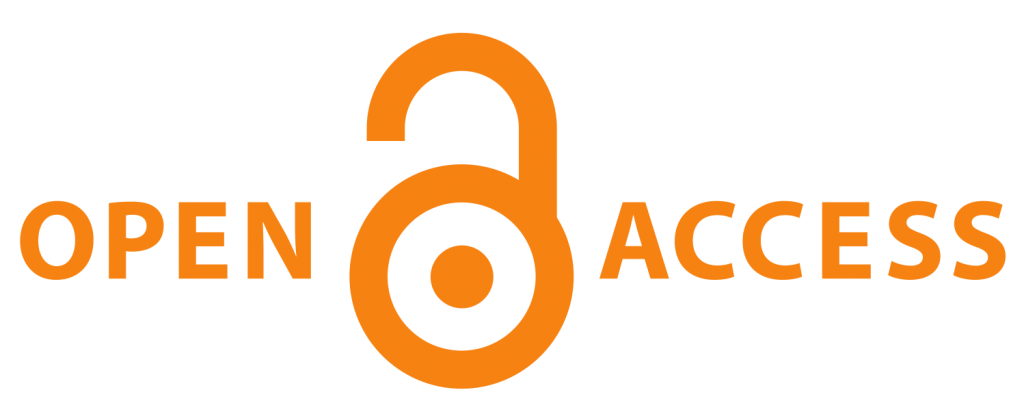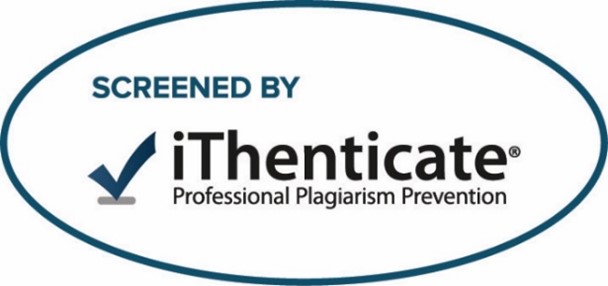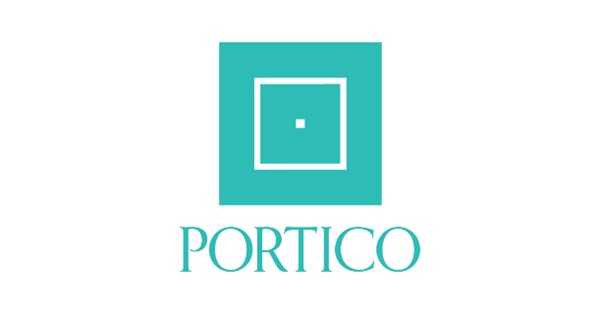Article Type
Original Article
Section/Category
Restorative Dentistry
Abstract
Objectives: : To evaluate universal versus glass ionomer –based adhesive, effect on shear bond strength and micro-morphological analysis of resin modified glass ionomer restorative material /dentin interface.
Materials and methods: 120 sound human molars were selected for our study. Subsequently, teeth were prepared by removing the occlusal enamel and exposing mid dentin. The roots of teeth were fixed to the base of a tube filled with acrylic resin. Teeth were divided into two groups according to type of RMGI (n=60) and then each group was subdivided into three subgroups according to adhesive use (n=20). Cylindrical tubes were built by the use of tygon over the dentin surface and restored with RMGI. Shear bond strength test was performed by using a Universal testing machine and RMGI/dentin interface was evaluated by using SEM. Statistical analysis was performed using Two-Way ANOVA followed by Post hoc Tukey test and Independent t test.
Results: For Fuji II LC group, there was statistically significant higher mean bond strength among Fuji II LC plus GIA subgroup 4.76±0.66 compared to Fuji II LC plus UA subgroup 3.92±0.16 and the control subgroup 4.05±0.72. For Ionolux group, there was statistically significant higher mean bond strength among Ionolux plus GIA 4.25±0.16 compared to Ionolux subgroup 3.91±0.09. No significant difference was found between Ionolux and Ionolux + UA subgroups (P=0.663). Also, no difference was observed between Ionolux + UA and Ionolux + GIA (P=0.051).
Conclusions: Usage of adhesives improves shear bond strength of resin modified glass ionomer to dentin. Shear bond strength of resin modified glass ionomer is not affected by the material brand.
Keywords
Resin modified glass ionomer, Shear bond strength, Universal adhesive and Glass ionomer-based adhesive.
How to Cite This Article
Kassem G , Mohammed H , Ali A .
Universal versus Glass Ionomer –Based Adhesive: Effect on Shear Bond Strength and Micro-Morphological Analysis of Resin Modified Glass Ionomer Restorative Material /Dentin Interface.
Mans J Dent.
2023;
10(4):
307-314.
Available at:
https://doi.org/10.61793/2812-5479.1103
Creative Commons License

This work is licensed under a Creative Commons Attribution-NonCommercial-No Derivative Works 4.0 International License.








